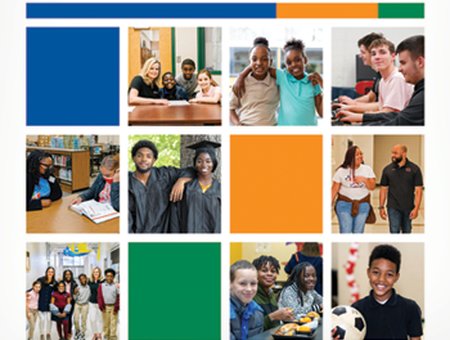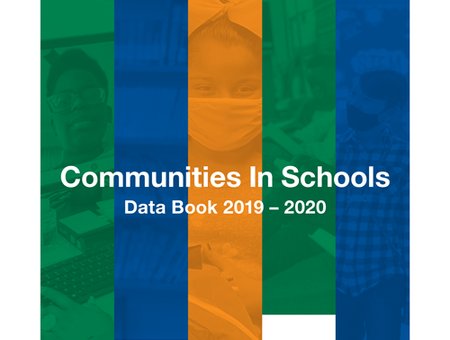
Two Steps to Put Students on the Right Path
This op-ed was published in the San Antonio Express-News on Nov. 21, 2021.
At least three million students have gone missing from classrooms across the nation during the pandemic — likely among them thousands of Texas students. Black, Brown and Indigenous kids living in poverty have made up a disproportionate number of those missing students.
Kids can’t get an education — or graduate and reap the benefits that come from a high school degree — if they’re not in school. Inequitable learning conditions and disparities in chronic absenteeism, drop-out rates, and graduation rates far predate the pandemic. This is our opportunity to get things right so that every child can thrive. We need a plan to help every school find its missing students, keep kids in school and put them on a path toward graduation.
This issue is personal to me because I grew up in a San Antonio family that struggled with economic insecurity and systemic barriers that kept us from accessing opportunity. If the pandemic had happened during my childhood, I could have been one of those missing students. These are kids whose families have suffered dire economic and health consequences over the past 18 months. Young kids whose parents fear putting them back in school because of COVID-19, and older kids who are fearful for their health or that of a family member. Teenagers working to support their families. Preteens taking care of sick family members or younger siblings. Kids of all ages hampered by transportation challenges.
As the leader of a national nonprofit that works with schools to provide wraparound services so every child can benefit from an education — and an alumnus of its local affiliate, Communities In Schools of San Antonio — I know there are things we can do to support students and their families so they don’t fall through the cracks. The plan to reengage students who’ve gone missing should consist of two steps:
First, proactively find students and provide the supports they need to come back.
Many schools and their nonprofit partners have enlisted trained professionals to reach out to the most disengaged students and families, beginning with phone calls and home visits, tracking contacts with those students and families, and monitoring how frequently and for what purpose students are reengaging with school. These professionals work closely with schools, check in with teachers and administrators about how students are doing, and partner with educators to help students at risk of chronic absence or dropping out advance along their academic pathways.
Across the Communities In Schools network, the nationwide education nonprofit I lead, over 70 coordinators — trained in social services and counseling — have been specifically hired this year to identify and support high school students who are disengaged in communities across the country, working with them and their families to overcome their unique barriers to learning.
But there’s hardly enough people-power to reengage every missing student. Texas school districts can use the $12.4 billion in federal funding made available through the American Rescue Plan Elementary and Secondary School Emergency Relief (ESSER III) to hire coordinators or put local nonprofits in charge of this task. In this way, federal investment can seed the blueprint for what equity should look like inside our public schools long term. Many are already doing so; others should follow suit.
They should prioritize reaching out to missing students throughout the year and into next year. This is a need that will not go away soon.
Second, create learning environments where every student has the necessary resources and supports they need to succeed both in and out of school.
The education system had long been failing many students of color and those from lower-income backgrounds. And during the pandemic they have suffered learning loss at higher rates than their peers. We have to address the underlying reasons students have not been in school and make sure returning students stay engaged. We need to create learning environments where every student is on a level playing field.
Communities In Schools affiliates use what we call the “integrated student supports” approach, coordinating with schools and local service providers to meet the needs of students and families, as well as providing direct supports, like tutoring, mentoring and case management, so students (and educators) can focus on academics. Our staff and community partners coordinate with schools to improve school climate; boost socio-emotional skills among students, teachers and staff; and reduce barriers to academic success. Last year, 99% of students case managed by Communities In Schools stayed in school.
We can’t let the status quo of education inequity continue. It’s possible to put every student in Texas on track to a better future.
Rey Saldaña is president and CEO of Communities In Schools. As a student, he was supported by Communities In School of San Antonio. Later, he served four terms as a San Antonio City Council member.



